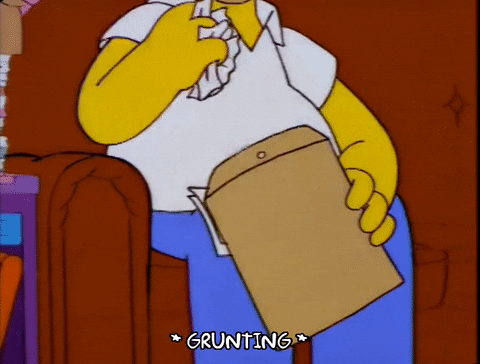Decoration Part 2
/Yesterday’s post elicited more positive emails than almost any post in the ten-year history of this site.
I was happy with the response because it’s one of those thoughts I wasn’t sure would connect with anyone but me.
So if that post resonated with you, I want to take the concept a step further.
If we treat “decoration” as something that beautifies or enriches what it adorns—and you connect with the idea of magic as a way to decorate reality—what does that suggest about the kind of material we should be performing?
Imagine this…
You walk into someone’s house, and their walls are covered with objects. Trophies they’ve won, certificates they’ve received for courses they’ve completed, pictures of themselves competing in Mr. Olympia, medals from the 5k walks they’ve taken part in etc.
No one would walk into that house and think, “Wow… this is so beautifully decorated!”
They might think, “Oh, wow. This is impressive.”
But that’s not going to enrich their life, as being immersed in a well-decorated setting might.
This is the problem with the way magic is often performed—it’s so performer-centric, it’s almost impossible to appreciate anything else about it.
If you think I’m suggesting you only concentrate on “beautiful” or “esthetically pleasing” effects, you’re being one layer too literal in your interpretation of what I’m saying.
What I’m trying to say is this: of all the responses a trick can generate—beauty, wonder, mystery, humor, joy, even fear—it’s very difficult for someone to genuinely feel those things if they sense your primary goal is to showcase your abilities, your power, your cleverness.
It’s almost like someone showing you a picture they drew of how muscular they are. It will be difficult for you to get past how self-serving it is, regardless of how beautiful and well-done the picture might be.
Magic has an even bigger problem—and it’s the reason why it is so frequently dismissed as an art form. Not only does it seem self-serving, but also everyone knows it’s fake.
So it’s like someone showing you a picture they drew of how muscular they are. But they’re not as muscular as the person in the picture. And they didn’t actually draw it either.
Or someone walking you through their hallway decorated with fake diplomas, counterfeit awards, and trophies they paid for rather than won.
So what does it mean to perform magic that decorates reality?
It means turning away from tricks that seemingly exist solely to elevate the performer. (But wait… isn’t that every trick? Sometimes it feels that way—and I think that’s the problem.) Instead, it’s about crafting moments that elevate the experience, the interaction, the surroundings, the audience. It’s about creating pieces that live in the shared space between you and your friends—not in the glow of your own spotlight.
It doesn’t mean stripping away skill or cleverness—but hiding those things behind something more generous.












